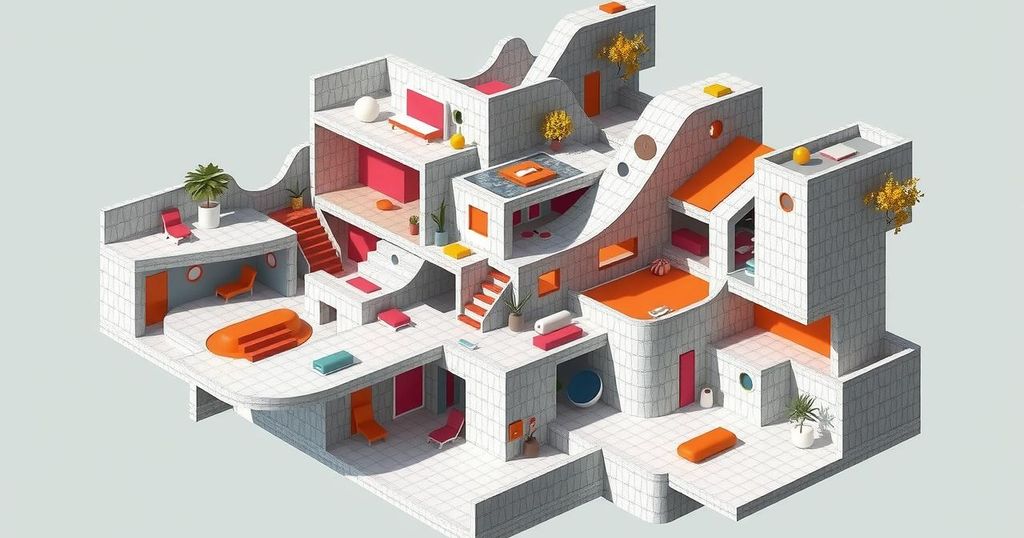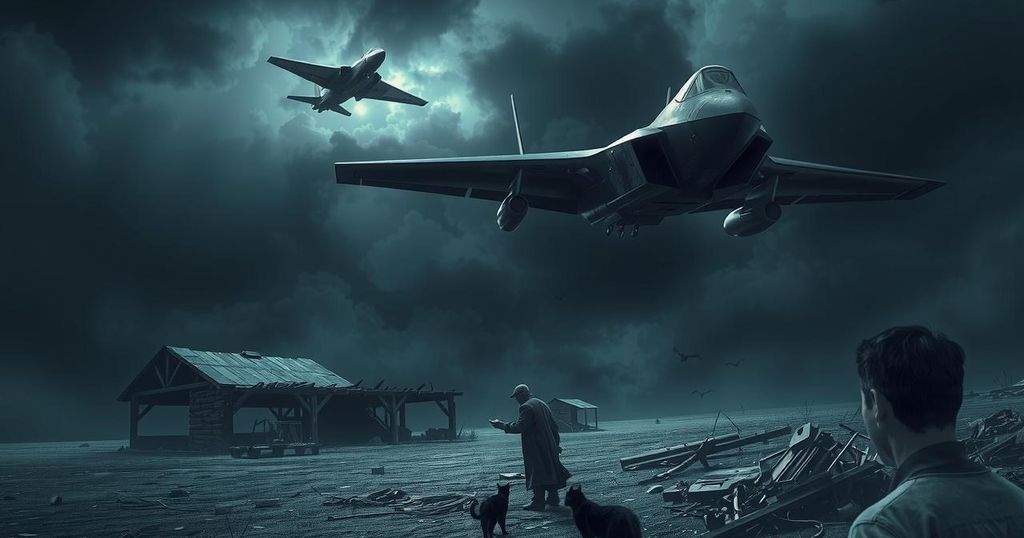When There Is No Intelligence in Artificial Intelligence
Architects express concerns about AI in design, fearing job loss akin to past CAD fears. Yet, merely having advanced technology doesn’t replace human creativity. Current AI still has limitations, as showcased by rudimentary designs generated from algorithms. Legal and professional adaptations may emerge, but history teaches us that technology is a facilitator, not a replacement. Architects must conquer fear as they embrace the future of design.
Architects discussing artificial intelligence (AI) often reminds me of the retro fears we had back in the 1980s when computer-aided design (CAD) came on the scene. Many said it would wipe out the profession. But, here’s the thing: CAD didn’t replace design, and AI certainly doesn’t replace intelligence. Some architects blame bland architecture on new technologies, but the issues run deeper than just the tools.
Economic pressures, limited availability of skilled workers, and a host of other factors impact design outcomes. Architects, after all, still need to design with the means available to them. The crux of creation rests with the human touch, which can’t be fully replicated by machines. That truth remains steadfast no matter how cutting-edge the tools become.
Now, onto the pressing fears: architects are scared—terrified, really—that AI may threaten their jobs. It’s a tough pill to swallow when your entire career feels like it could be uprooted by profit-driven motives. I’ve heard similar concerns echoed for years, especially back in the heyday of CAD. Here we are, four decades later, and those existential fears haven’t budged an inch. Instead, advancements in AI seem to amplify that fear, casting an even wider shadow.
But wait, let’s take a step back. There’s this whimsical notion that new technologies can wield incredible power. For instance, Frank Gehry found success using CATIA, a computer-aided design system. Yet, after enjoying his structures, we realize that the magic was less about the software and more about his visionary mind—a technology doesn’t make the designer; it merely assists them.
Young architects, fresh out of school, might be the antidote to this fear. At a seminar at the University of Hartford, a grad student showcased his designs, which he’d enhanced using AI. Sure, they looked nice and polished, but they weren’t vastly different from his original sketch. The stakes were low—a simple college project—but it highlighted AI’s potential in the ideation phase.
However, AI is still a learning infant, just like any emerging technology. If you dive into internet searches for architecture, you’re likely overwhelmed by an avalanche of AI-generated images—most of which lack coherence or substance. I’ve seen floor plans with no windows, odd entryways that lead right to bathrooms, and kitchens crammed into what seem like closet spaces. Visually, they’re messes.
These 2D images are often odd mash-ups, devoid of real thought. They scream for attention as if trying to entice viewers to invest in poorly executed designs. They remind me of the early days of drum machines in disco or Auto-Tune’s awkward introduction in rap. Those techniques felt clunky at first but have since evolved into an integral part of music production.
Historically, our fears have led to legal measures. When CAD emerged, there were steps taken to ensure architects were properly trained and licensed. One has to wonder if similar mandates for AI will follow. But fundamentally, law can’t dictate value. AI will bring together builders and designers, irrespective of possible restrictions.
Frank Lloyd Wright didn’t have formal licenses; still, I imagine he’d embrace CAD or AI if they were available. Technology is a tool to enhance human creativity rather than stifle it. To quote Roosevelt, architects should fear fear itself. But in our current context of uncertainty—dubbed the Great Confusion—that fear looms larger than ever.
In summary, while AI prompts fears reminiscent of past technology disruptions in architecture, it’s essential to remember that tools—whether CAD or AI—are only as good as the humans who wield them. The real threat lies not in the technology itself but in the misconceptions that lead to fear. As architects face this new frontier, embracing innovation could usher in a cohesive future where human creativity and smart technology coexist harmoniously. Navigating this landscape will take courage, understanding, and perhaps a bit of humor as we redefine our roles.
Original Source: commonedge.org




Post Comment